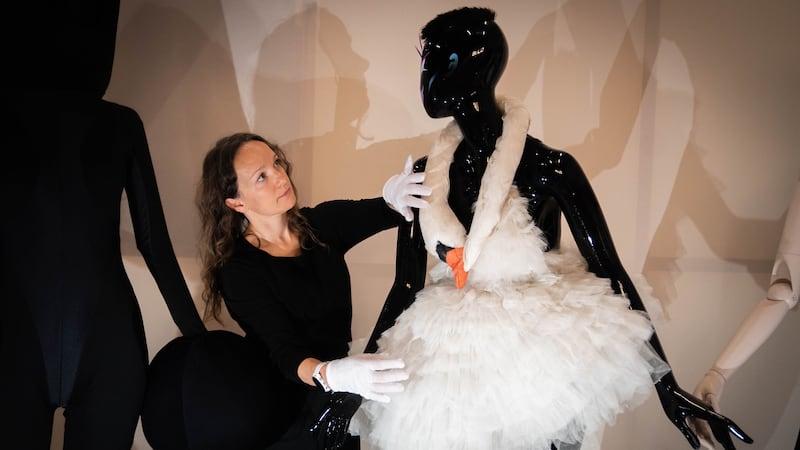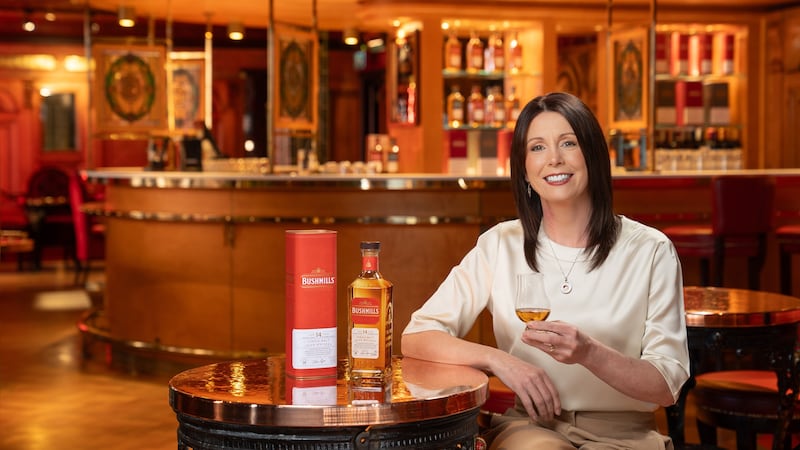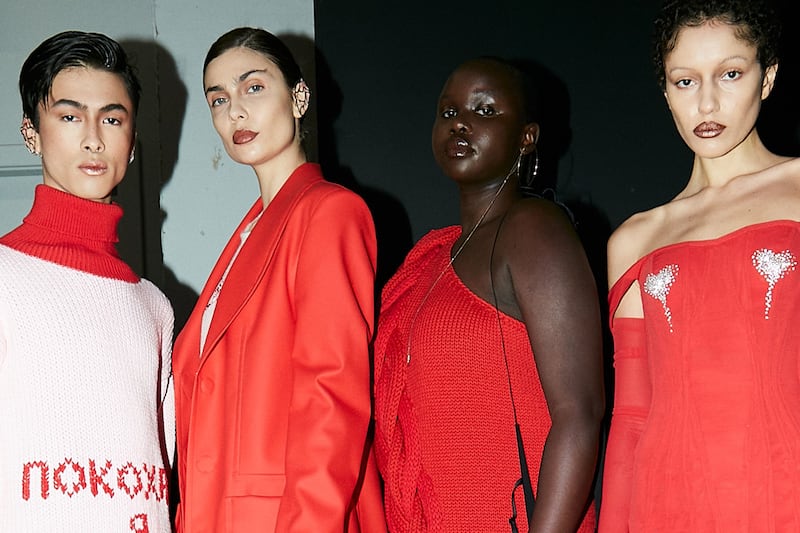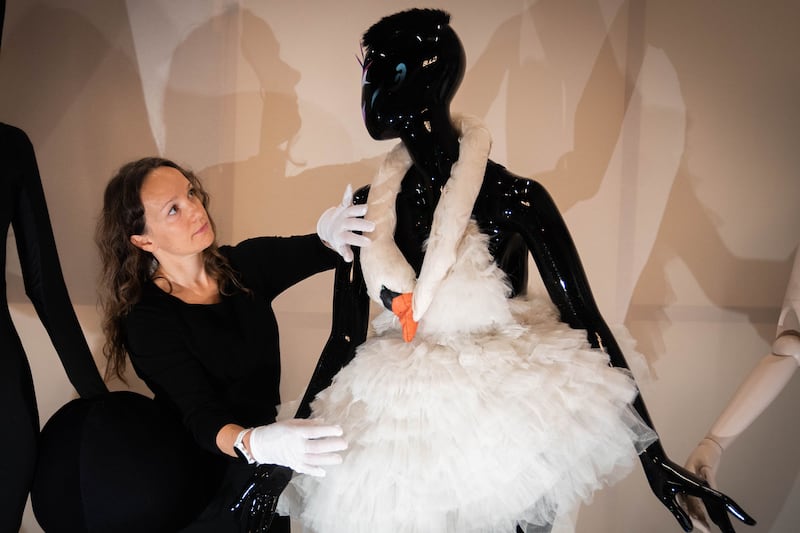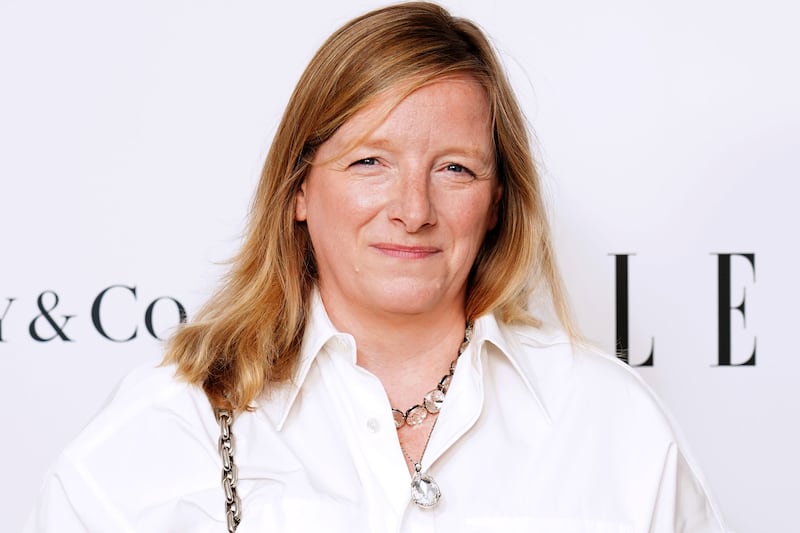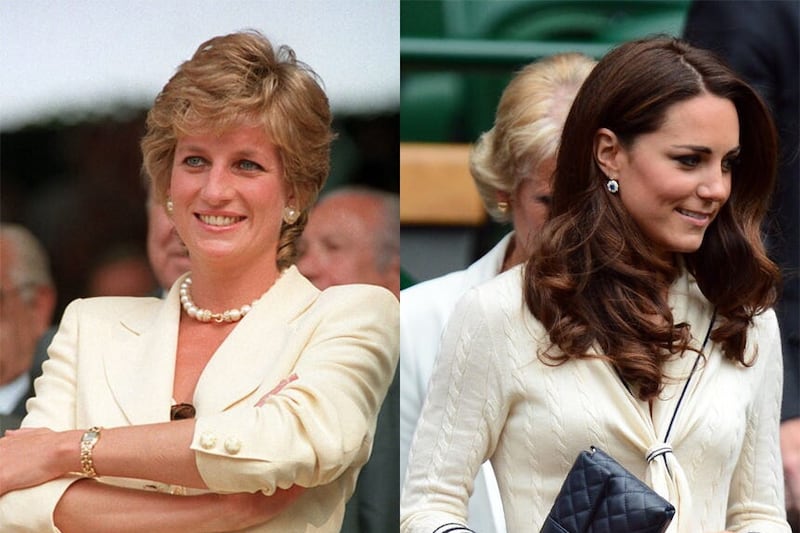A new exhibition featuring early work from Alexander McQueen, Richard Quinn and Molly Goddard, aims to show that young people are not “snowflakes” or “wasters”, the curator has said.
In Rebel: 30 Years of London Fashion, London’s Design Museum dives into the past three decades of groundbreaking fashion.
It tracks three decades of the British Fashion Council’s NewGen scheme, which has supported over 300 up-and-coming designers since its inception.
“People call young people snowflakes or wasters or idlers – not at all,” the exhibition’s guest curator and BFC ambassador for emerging talent, Sarah Mower, told the PA news agency.
She said this exhibition will show: “How resourceful [they are], how inspiring, how much potential they have to lead the fashion industry.”
The exhibition answers a key question that Mower said she’s always asked: “Why is it that London keeps producing wave after wave after wave of incredibly original, surprising, shocking, clever young designers?”
This could be down to the multicultural nature of London, with Mower noting the NewGen scheme has supported designers with family backgrounds from over 50 countries.
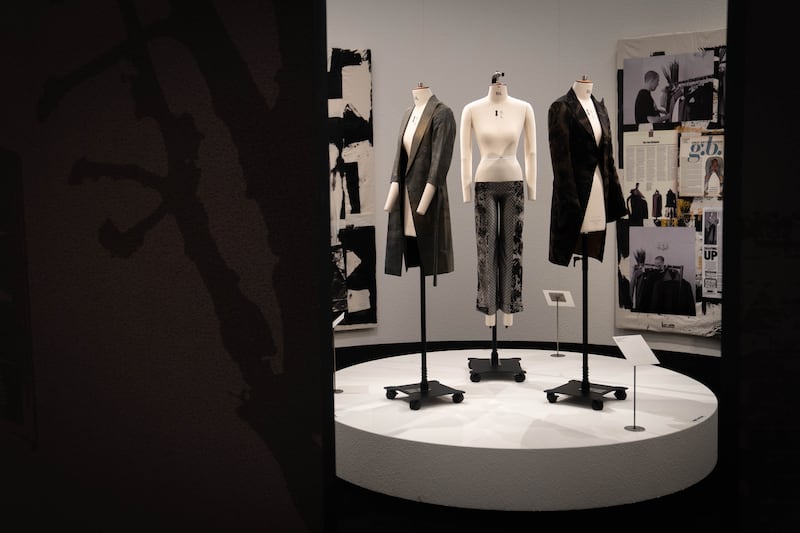
The exhibition highlights this, with designs from the likes of Ashish – whose heavily sequinned clothes were handmade in his mother’s kitchen in New Delhi – and Feben, a designer who came to the UK via Sweden as an Ethiopian refugee.
Some of the pieces in the exhibition are obviously subversive – such as the super low-cut ‘bumsters’ designed by Alexander McQueen, a daring style which Mower described as “globally world-changing fashion”.
There’s also the swan dress by Macedonian designer Marjan Pejoski (Icelandic singer Bjork courted controversy by wearing it to the 2001 Oscars).
And there are outfits which you might not see as rebellious, but have their own subversive streak – such as a delicate floral strapless gown by Erdem from 2008.
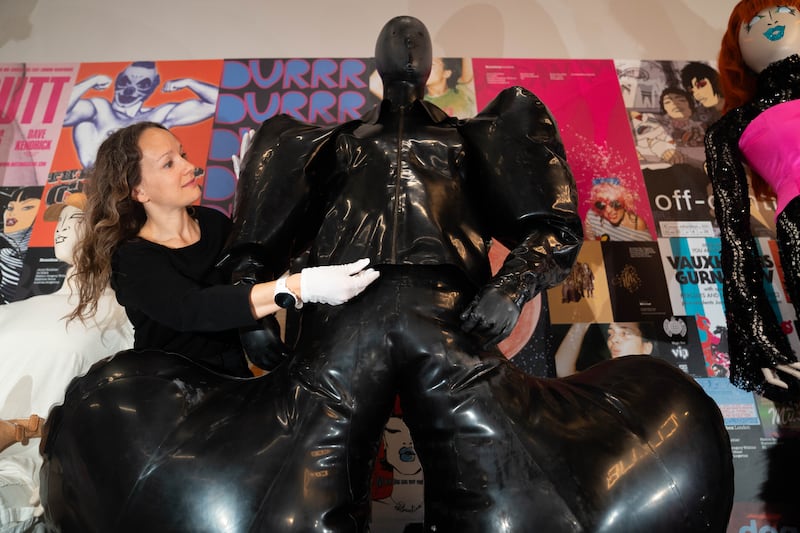
“This to me is rebellious because he [designer Erdem Moralioglu] came up with this incredibly polished, glamorous evening collection at a time when everything was – we’ve got to be cool and wear black,” Mower said.
“He [Moralioglu] said to me: ‘I rebel in ruffles and lace’.”
Style enthusiasts will also be treated to a piece of fashion history in the exhibition.
In 1993, Alexander ‘Lee’ McQueen showed his second ever collection to press, then packed the clothes in bin bags and went clubbing. He hid the bags at the club and forgot about them – only to return the next day to find they had disappeared, never to be seen again.
The exhibition features some of McQueen’s early designs – including the boundary-pushing bumsters – and some reimagined pieces using the same techniques and shapes from the lost collection, made for the exhibition by McQueen’s friend and collaborator, the print designer Simon Ungless.
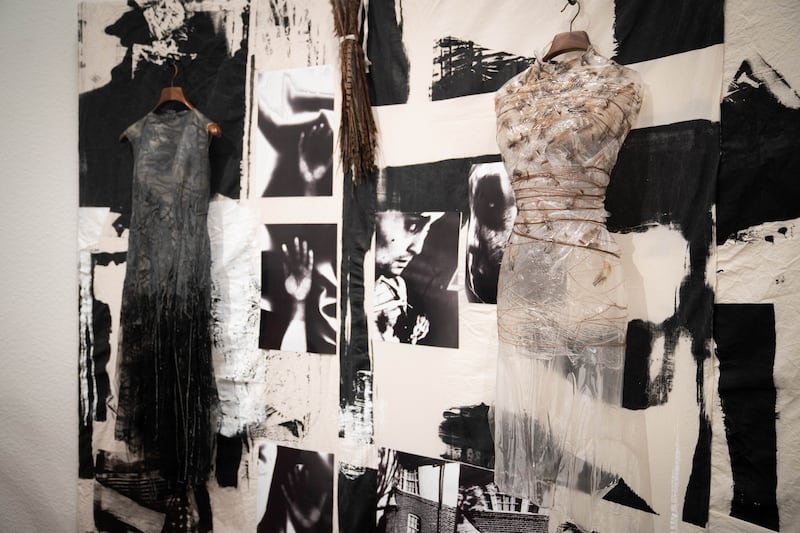
Mower said McQueen was a rebel in how he was all “about sharp tailoring, about skills and showing something which is shocking – but [he was a] perfectionist as well”.
Like all of the designers featured, his work was a reaction “against what was before”.
She added: “Young people have rebelled against darkness, they rebelled against recession, they rebelled against dark political times.”
The exhibition also looks to the future of fashion – which Mower believes will be led by young creatives.
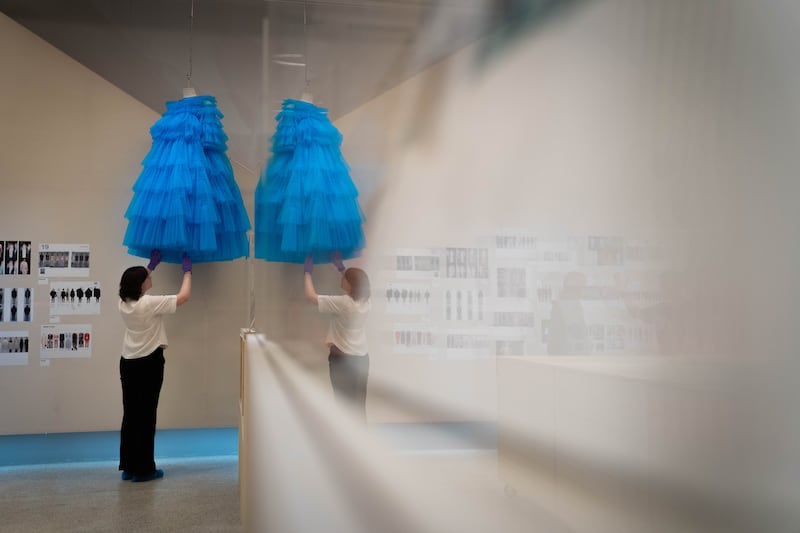
She particularly notes how in the past decade designers have become “very aware of the climate emergency, and they’ve come up with lots of different business models, ways of behaving and talking about the supply chain – and equity, fairness.”
The exhibition is a testament to the importance of art education.
“I’m not talking about university, I’m talking about art teachers in schools and in primary schools who have inspired [young people],” she said.
“That’s something I really do believe needs to be defended and supported and funded, because creativity in this country is a superpower.”
Rebel: 30 Years of London Fashion sponsored by Alexander McQueen opens at the Design Museum in London on September 16 and will run until February 11, 2024.
